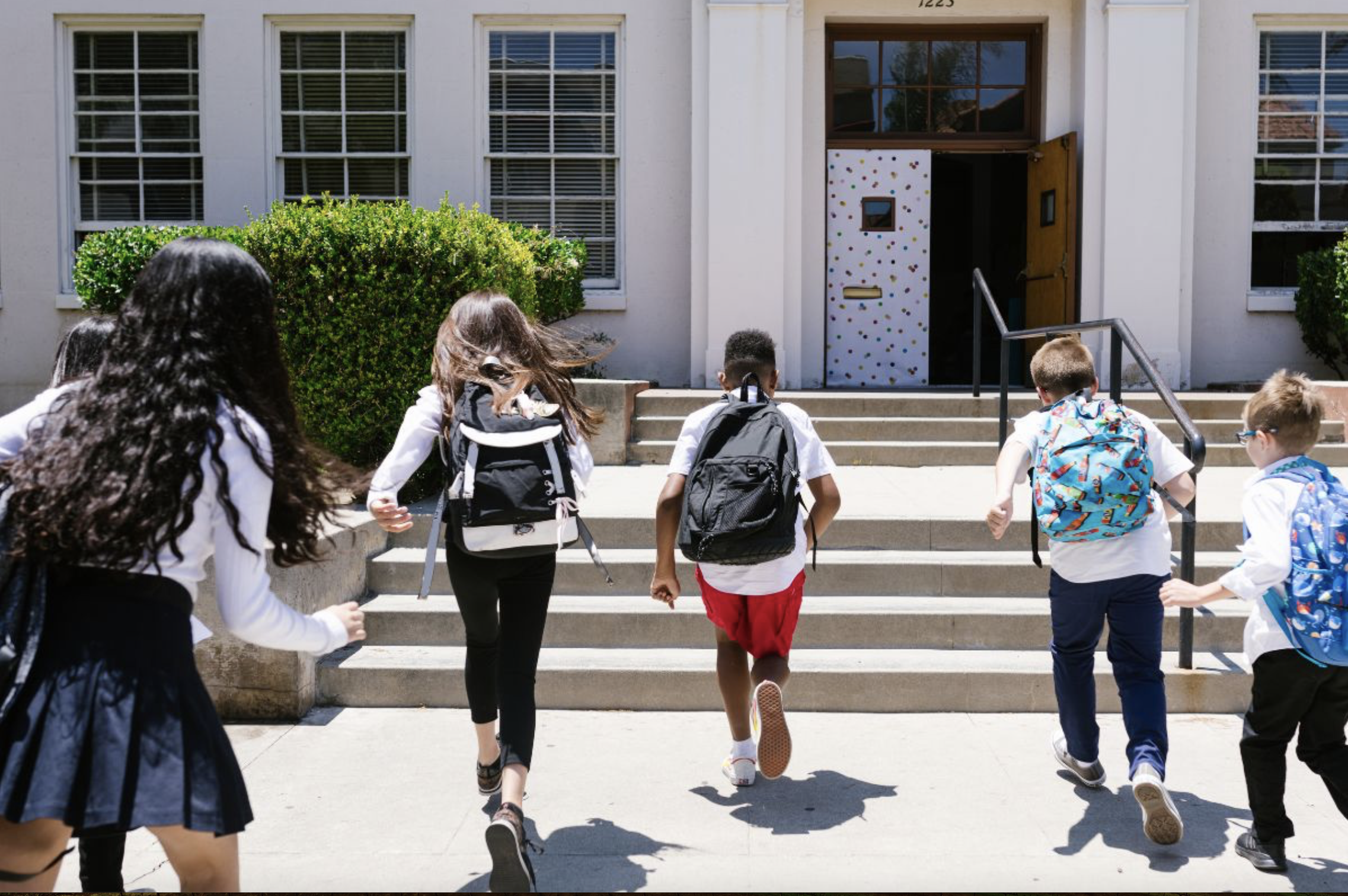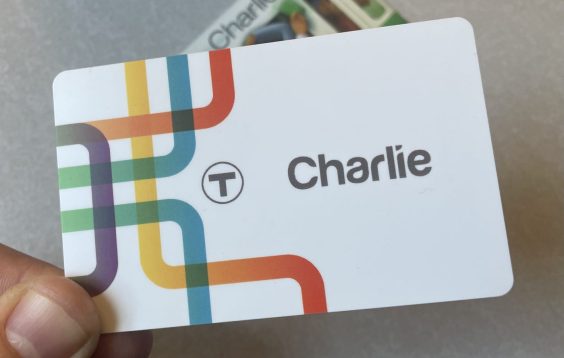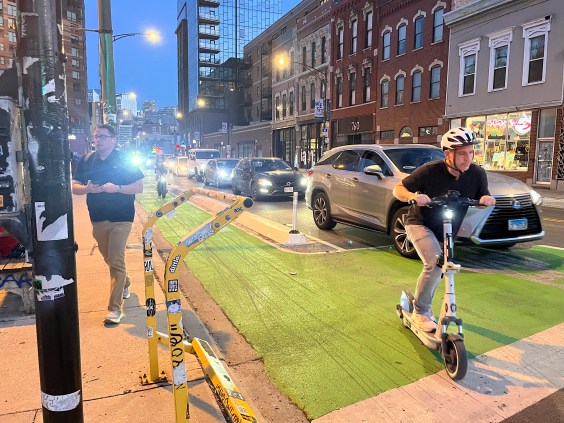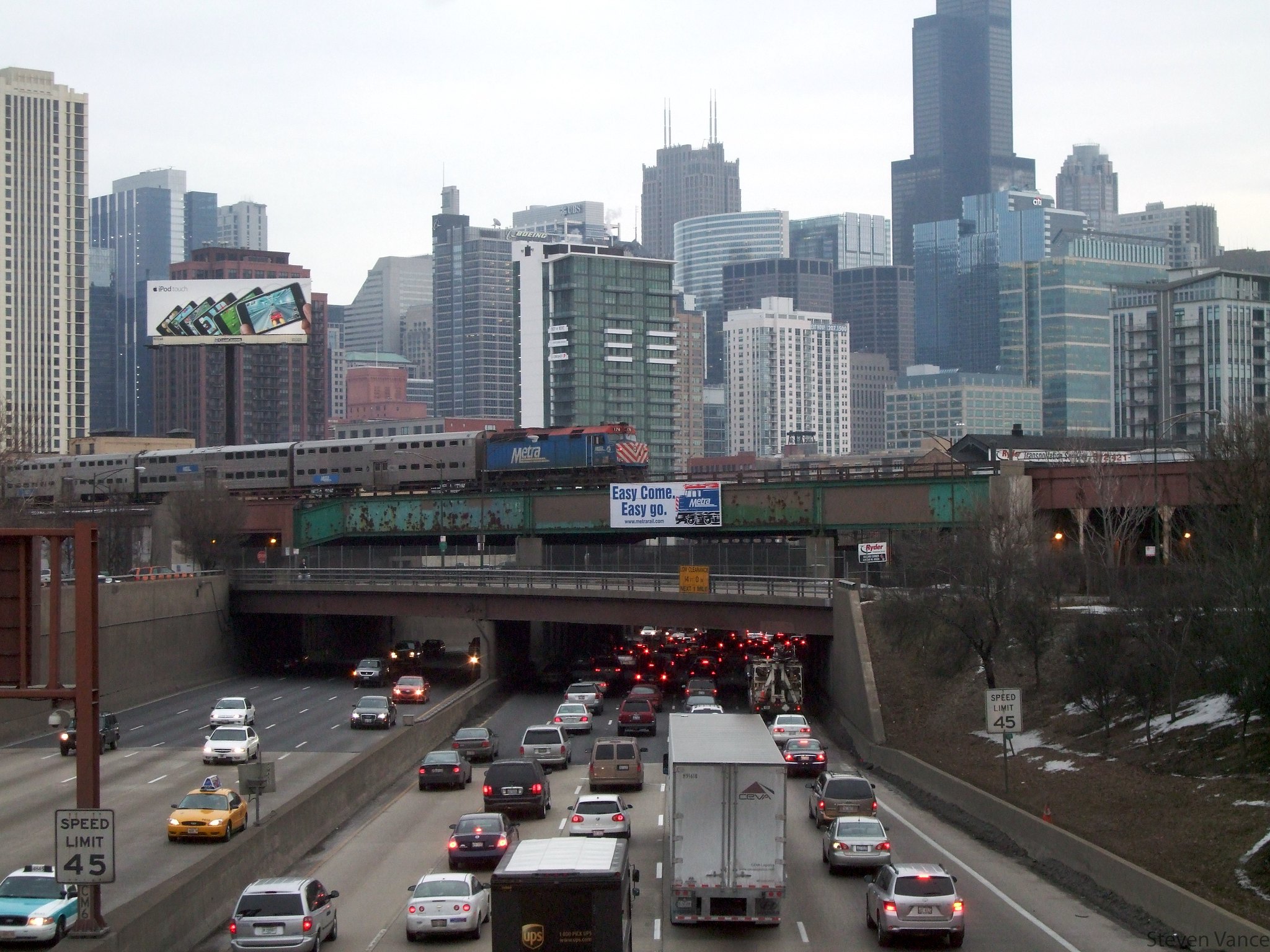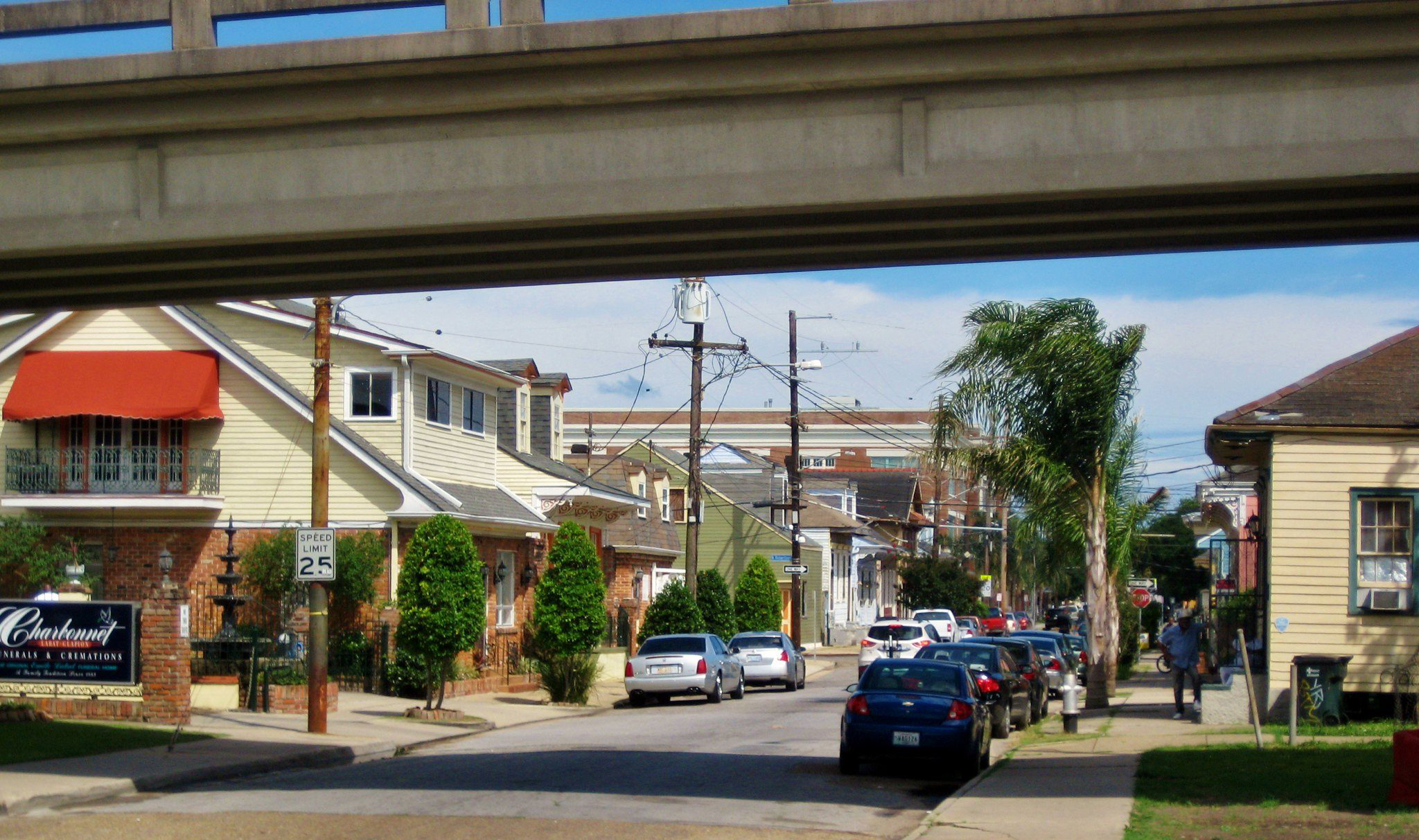People are frequently angry about traffic violence. But what does it take to turn that anger into a full-blown movement, with neighbors fighting alongside one another to make streets safer?
Today, we tapped Elizabeth Creely of the San Francisco-based grassroots advocacy organization Safe Street Rebel, which has been making good trouble to change the transportation status quo since 2020. Along the way, they've done pop-up traffic calming on the sites of recent crash deaths, put up people-protected bike lanes where the city wouldn’t build ones out of concrete, and gained some critical wisdom on how to not just create, but sustain and grow a movement to end car dependency, even when they don’t win every battle.
Check it out below, on Apple Podcasts, or anywhere else you listen, and learn more about Safe Street Rebel on their website.
The following excerpt has been edited for clarity and length.
Kea Wilson: Let's start with the elevator pitch. Tell me in just a couple of minutes what Safe Street Rebel is, what you do, and what makes you a little bit unique in the world of grassroots safe streets advocacy organizations.
Elizabeth Creely: Safe street rebel is a direct action non hierarchical, not highly organized, primarily bicycle-based direct action organization. It's really powerful idea: bringing people to activism through their bikes in order to correct the deficiencies of street design in San Francisco and Oakland.
Safe Street Rebel just started out as a group of people who knew each other as friends and other folks who were similarly excited to see spaces opening up in city when COVID kind of closed streets down and people were staying at home, which kind of offered up new vistas.
I think it's one of those things that almost lacks a nucleus: it's people who have a similar vision, discovering that they have that similar vision, coming together and just beginning to enact what it is they wish to see, and beginning to enact change. It is the same spirit of organization that drove Critical Mass to form back in the 80s.
When you say "non-hierarchical," it sounds kind of fustily 80's. But it is that; people who are drawn together around the same vision, and who want to work with each other strategically and imaginatively, to come up with solutions for streets that are not safe, sadly, for biking, walking, or for mass transit...
Wilson: Safe Street Rebel hasn't been around for very long, but you wrote a fantastic op ed for us last year that was already warning other groups like yours to "expect burnout." What are you doing right now to make you're still be around as long as there's still a fight against car dependency to be fought?
Creely: Well, honestly, the fact that I'm talking to you right now on the podcast is one of the measures that Safe Street Rebel takes to ensure that burnout doesn't happen. You've gotta pass the mic; you have to engage in the act of planning an action.
I started out as a grassroots organizer in San Francisco in the 90s, organizing against the military budget and against nuclear weapons. I was fortunate enough to be mentored by the people who started this organization, Peace Action, and one of their mottos is you need to ensure that you are replaced — that you have created 10 people who have the same skill set that you do, who can write a press release, who can be legible in a megaphone, who can understand that it's good to show up for direct action, that have the skill set and the sense of grounding and practice that you do.
This is how you avoid burnout, and this is a lesson that I see that Safe Street Rebel is really applying. I'm here to tell you that in the 90s, the whole idea of passing the mic — and the whole the idea of making sure that the voice behind the microphone or the megaphone was not a white male — was really struggled with. And I don't see that as an issue as much right now.
That's just one tiny example of how I think this group is smartly confronting this, and how you avoid burnout. You make sure it's not all about you, and you make sure that other people around you have what they need to do what you do.
There's other ways that you address burnout that go to the nature of direct action in and of itself. You avoid burnout by embracing, wherever you can, humor in your actions and joy in your actions. You seek to have fun, even as you seek to make structural change. Direct action and organizing communities shouldn't be grim; it needs to be grounded in some kind of joyous place...[It's important to] take pleasure in what you're doing.


